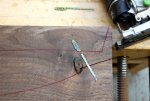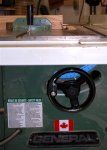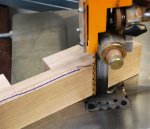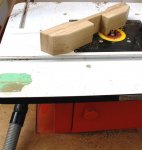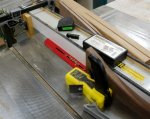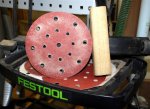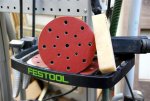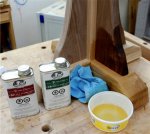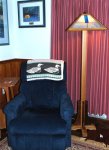I finally built the base for the lamp
(part 1 of 5)
The lampshade plan was for a table lamp but I thought that I could easily extend the plan to make a floor lamp base. So, in January, I made a prototype base out of scrap wood but it didn’t seem right. Somehow, the in extending the table lamp base to a floor lamp base then proportions got out of whack; so I set the project aside. As with so many things that I set aside, it was not until many months later that I got back to it. This time I decided to make a base using a floor lamp plan that I found in Wood magazine.
(The plan for the shade came from Fine Woodworking.)

The rough quarter-sawn white oak that I put into my work shed to acclimatize a year ago:

is certainly now well acclimatized.

I planed the boards I am using on my new Hammer jointer-planer combo. But, rather than using the jointer to make a square edge, I prefer to use my Festool track saw equipped with a Panther blade for ripping:
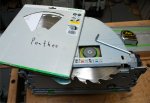
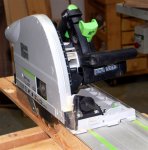
Using the same saw, I ripped a the 33 millimetre board that had just been jointed into a couple of pieces approximately 65 millimetres wide. These pieces will later be glued together to form the floor lamp’s column. Once these boards have been glued together, I will trim the column to be 60 millimetres square.
Next, I routed a channel wide enough to hold a 3/8 inch threaded rod in the inside centre of both the column boards:
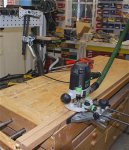
The rod fits well:

The short piece of rod that came with the standard lamp kit that I purchased was much too short to provide adequate support, so I had to cut a longer piece from a separately purchased rod:

I want the rod to be both adjustable and removable so I embedded a bolt within the channel. In order to do this, my drill press was used to “carve” a slot at right angles to the channel and a little way down in the channel:
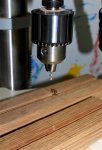

I glued the two sides of the post together with the bolt attached to the rod and crossed my fingers

to hope it would be possible to unscrew the rod once the glue had dried.
It was! 
Even better, it was then possible later to screw the rod back into the captured bolt.
The post was then planed down to 6 centimetres on each side
(being careful to keep the channel in the middle):





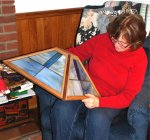
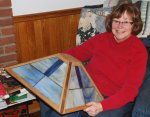
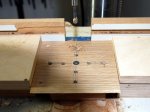
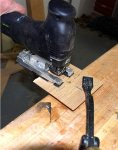
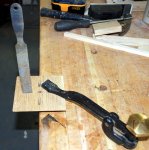
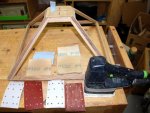









 to hope it would be possible to unscrew the rod once the glue had dried. It was!
to hope it would be possible to unscrew the rod once the glue had dried. It was! 



